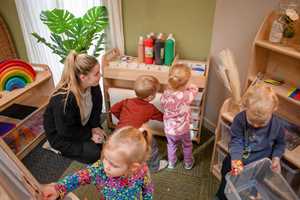
Lesson Ideas and Activities
How to Improve Your Outdoor Nursery Provision For Movement Play, Crawling and Cross Lateral Movements
Movement play contributes towards a developmental process that all children need to go through from the ages of 0 to 9 years old.
Through movement, children are able to explore the space and the world around them, communicate and express themselves…
This is why we need to give children plenty of opportunities for a spontaneous moment – this is more important than anything for children in Nurseries and Early Years.
What are the Two Types of Movement Play?
There are two main types of movement play that children need space to improve and develop to help make important connections in their brains and develop muscular strength.
The outdoor play space should include numerous resources that entice children to build upon these movements, whilst being encouraged by the adults.
These spaces should support all aspects of movement, including cross-lateral movements and bi-lateral movements.
What are Cross-lateral Movements?
Cross-lateral Movements involves children being able to use a hand or foot to cross the centre of their body and use this limb in the opposite area of the body.
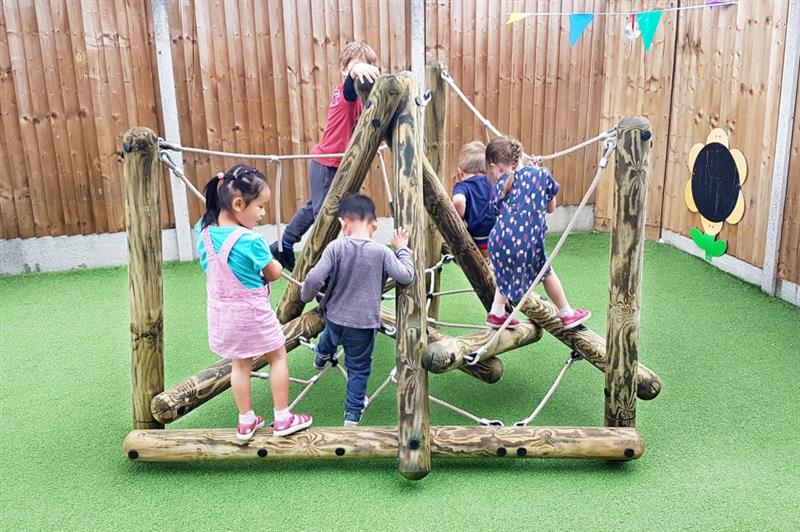
These types of movements help children’s development by teaching little ones that they have two sides of the body and how they can coordinate them to work together. Cross-lateral movements can help develop their spatial awareness, improves eye to hand coordination and build children’s fluidity of movement.
Making these movements at a young age is thought to help children with their problem-solving, higher-level thinking and improve their long term memory skills.
What are Bi-lateral Movements
Bi-lateral Movements involve children altering their actions on either side of their body, which encourages an area of the brain that allows limbs, eyes and ears to work together across the body.
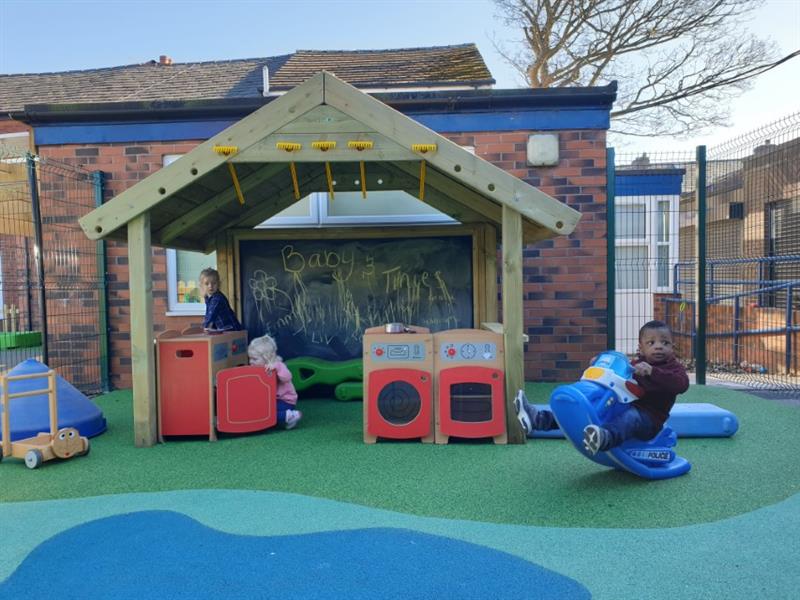
These types of movements help children’s development by enabling children to perform simple tasks and skills such as brushing their teeth, putting their shoes on, buttoning their jacket or playing sports.
Moreover, these movements help children to excel academically in topics such as reading and writing, as well as help them to be able to move their whole body to look left and right in situations such as when they’re crossing a road.
5 Ways to Support Movement Play Outdoors
Floor Based Play Activities
Creating interesting floor-based environments and setting up activities for children to sit down and immerse themselves in is an excellent way to encourage both cross-lateral and bi-lateral movements.
Provide children with different textures to crawl on and roll over as well as toys and loose play resources for little hands to reach for and explore through problem solving.
Tickly artificial grass and rough saferturf surfacing are ideal for providing different sensory surfaces for children to move around on.
They can even be used together to create different designs and ‘splashes’ to set up loose play activities.
Large jigsaws and puzzles are perfect resources for inside a Saferturf splash to encourage big movements!
Dedicated Roadway Spaces for Wheeled Toys
Scooters, balance bikes and trikes stimulate lots of areas of development and are great fun for children!
They help improve children’s balance, body awareness and cross-lateral movements through the motion needed to move the vehicle.
This is because they have to use both sides of the body together, improving coordination, too.
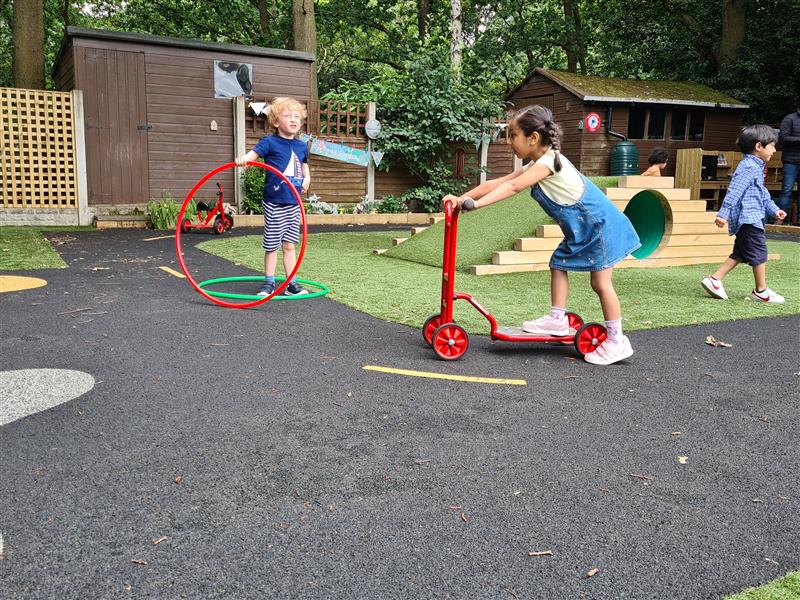
Within nursey gardens and EYFS playgrounds, it’s best to have a cleverly zoned area for children to ride and race their vehicles around.
Our roadways are completely bespoke to your setting! There are an number of options available to make your roadway unique and life like, white line markings can be placed in the middle of black Wetpour, along with real-life zebra crossings, to provide little ones with a safe space to play and make the most out of racing around the playground.

Not only does it provide good fun and encourage movement play, cycling and scooting on a roadway contributes towards improving children’s understanding of the world.
A life like roadway is a very exciting opportunity to teach early road safety skills!
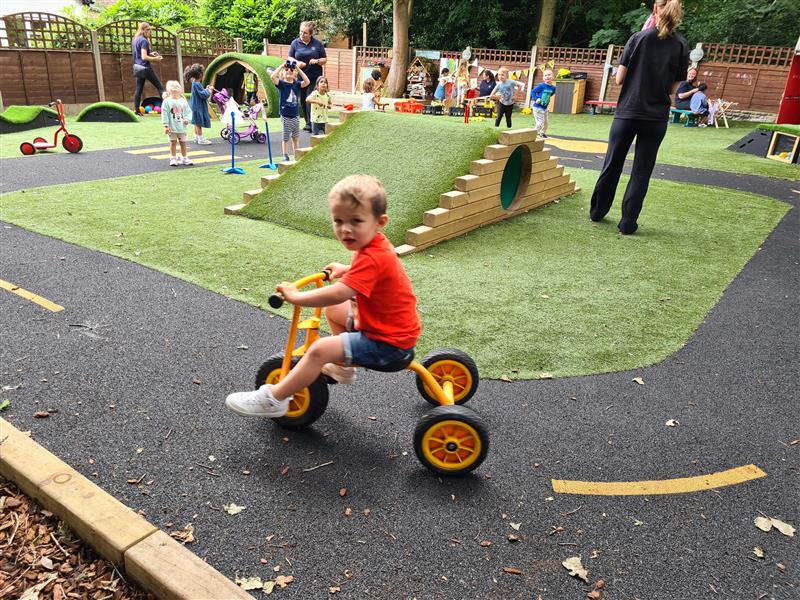
Musical Instruments and Playground Performances
Outdoor musical instruments provide plenty of opportunities for children to participate in cross-lateral movements.
Beating a drum seat or playing with a wall-mounted chime involves children using their hands to hit and tap the object to make a sound to make their own musical melodies.
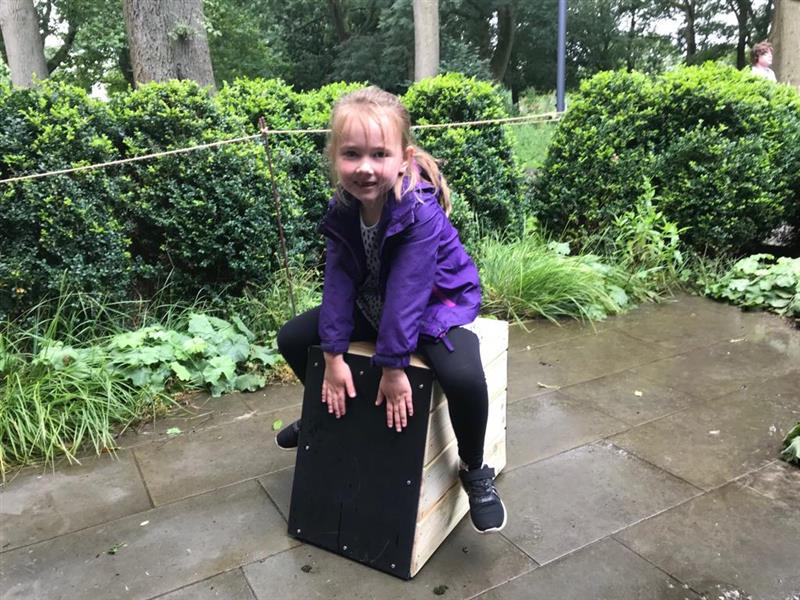
Children have to pat different areas of the instrument to create different notes including tapping the opposite side to their hands, criss crossing their limbs and tapping behind them and the sides of the drum seat. Perfect for cross-lateral movements!
Moreover, providing children with a source of music, their very own outdoor performance stage and dress up resources, children use cross lateral and bi lateral movements through dancing, swirling and jumping around to the beat of the music.
Performing with their friends is a fabulously fun way to improve their development!
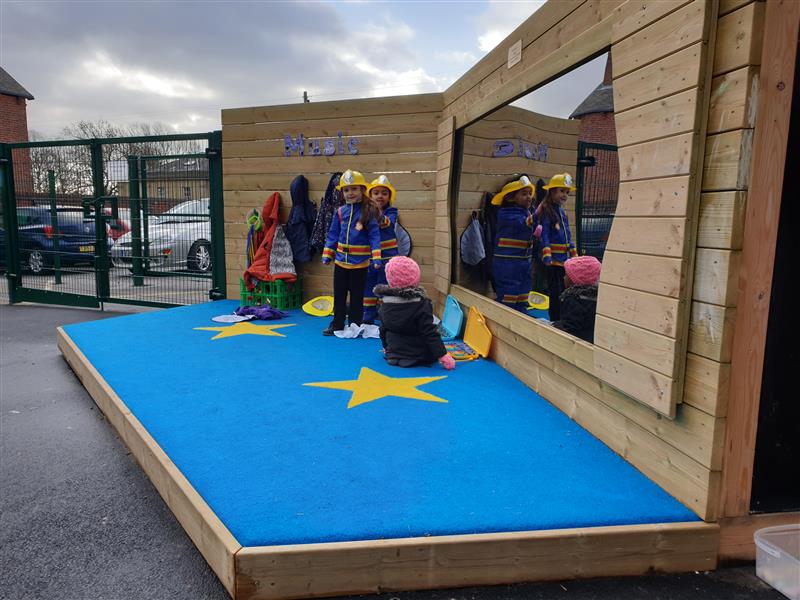
Big Mark Making Movements
Rather than small paper canvases, provide children with a mark making canvas bigger than themselves to encourage big movements!
Enabling children to draw, write, scribble and paint on a large scale canvas outdoors provides children with a creative outlet, whilst they stretch and reach, making big wide gestures to achieve the artistic masterpiece they aspire towards!
Whether it involves chalk on a giant chalkboard, whiteboard markers on a giant whiteboard, paint on a painting panel or ribbon and wool being weaved on a weaving panel, mark making activities provide plenty of opportunities for children to practice bi-lateral and cross-lateral movement!
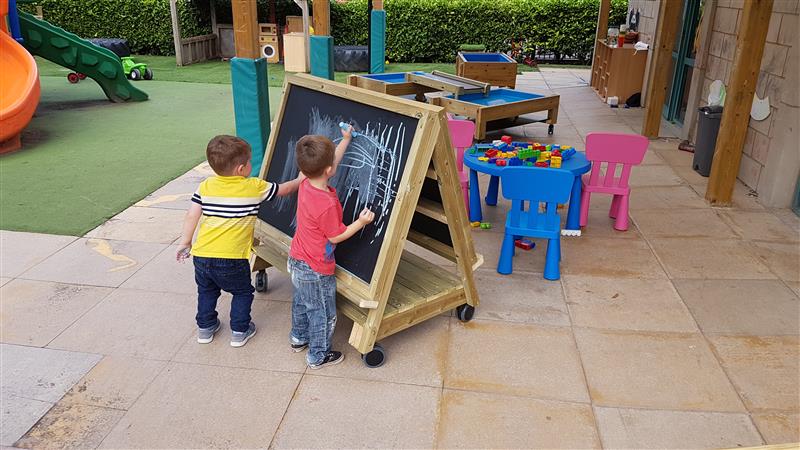
Play Towers for Energetic Physical Play
Cross-lateral and bi-lateral movements can be involved in children’s every day play!
Energetic physical play equipment encourages children to roll, crawl, stretch up high, walk backwards and forwards and spend time on their stomachs.
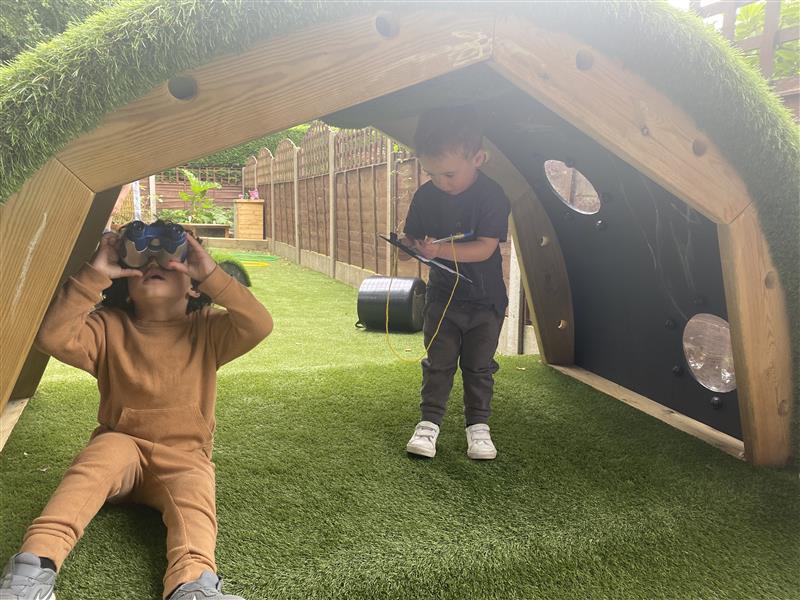
Building your very own play tower suited to your nursery gardens needs is an ideal way to encourage all these big movements across all limbs!
Product Spotlight
Play tunnels for crawling, ladders for stretching up high and pulling themselves up onto a platform, space underneath the platforms for den building and rolling around on the ground, bridges to inspire games involving balancing and walking and slides to allow children to reach out wide and feel the wind between their fingers… there are plenty of features your play tower can include encouraging all movements!
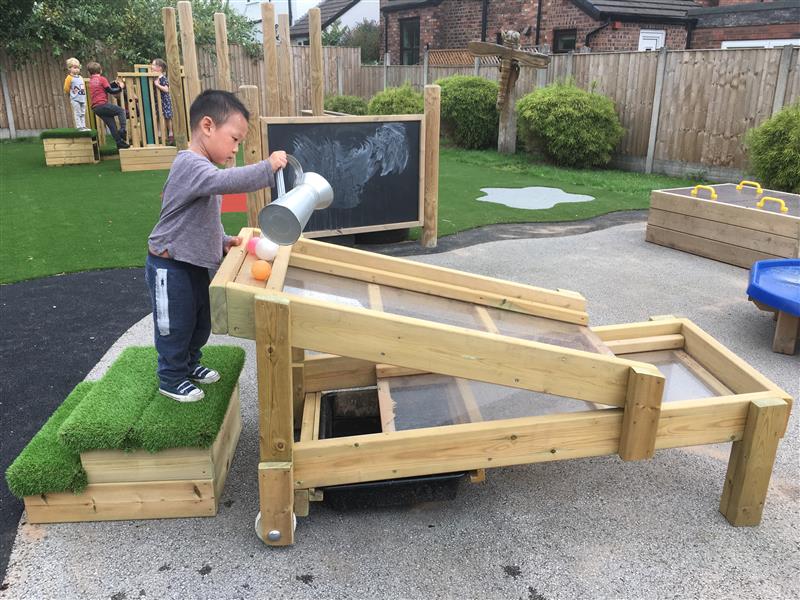
Movement play is massively important for helping children to build on their core strength, releasing tension and stress, improve their focus, enhance their thinking and develop proprioception.
Moreover, it also has significant emotional and social benefits for children. This includes increased self-awareness, impulse control and improvements in general physical coordination.



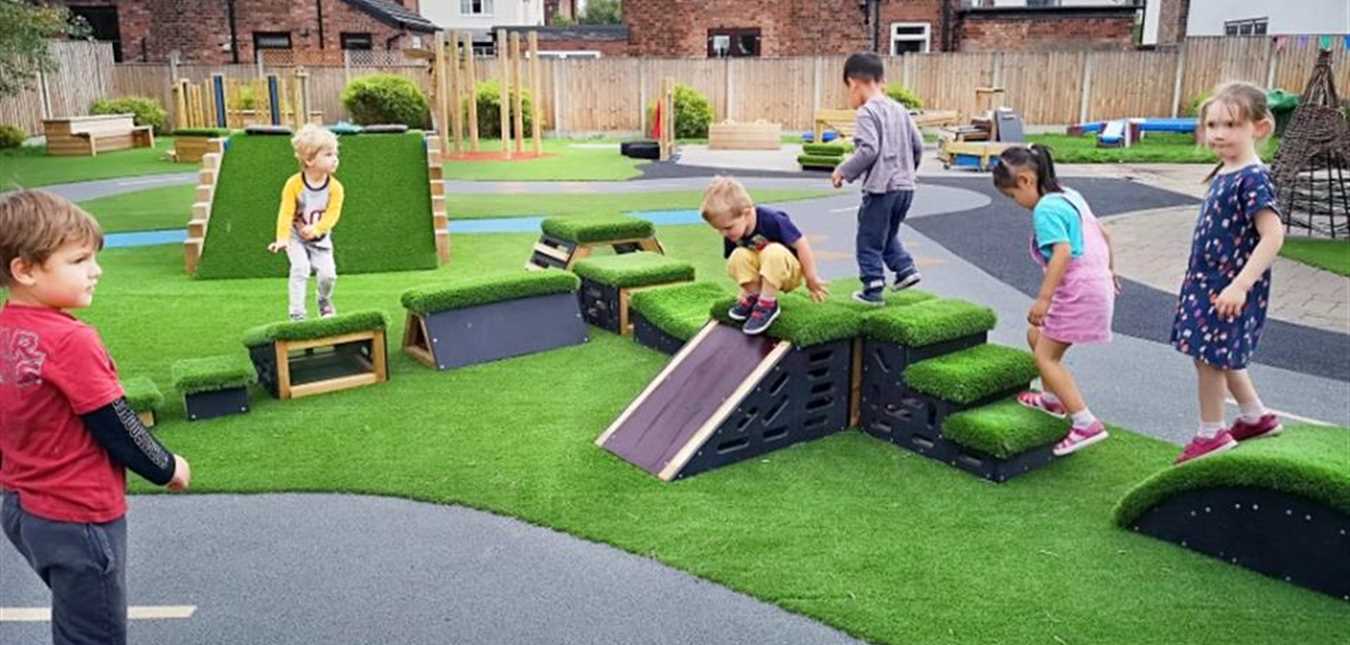
.jpg)

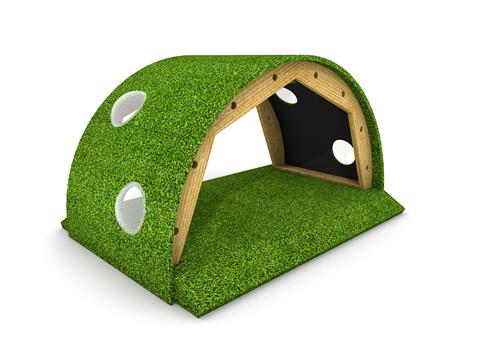
.jpg)
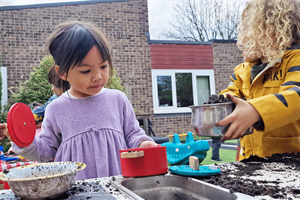
 (Custom).jpg)